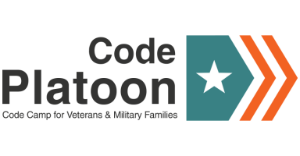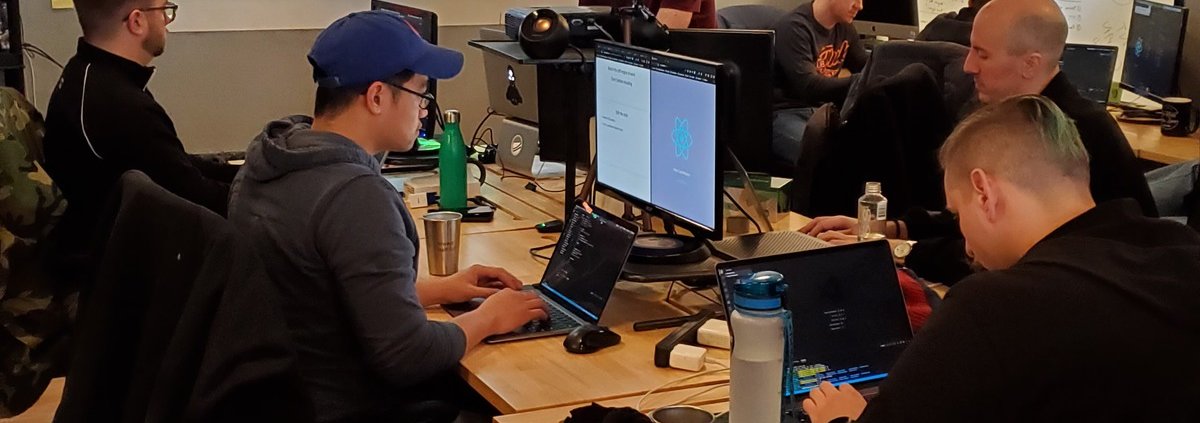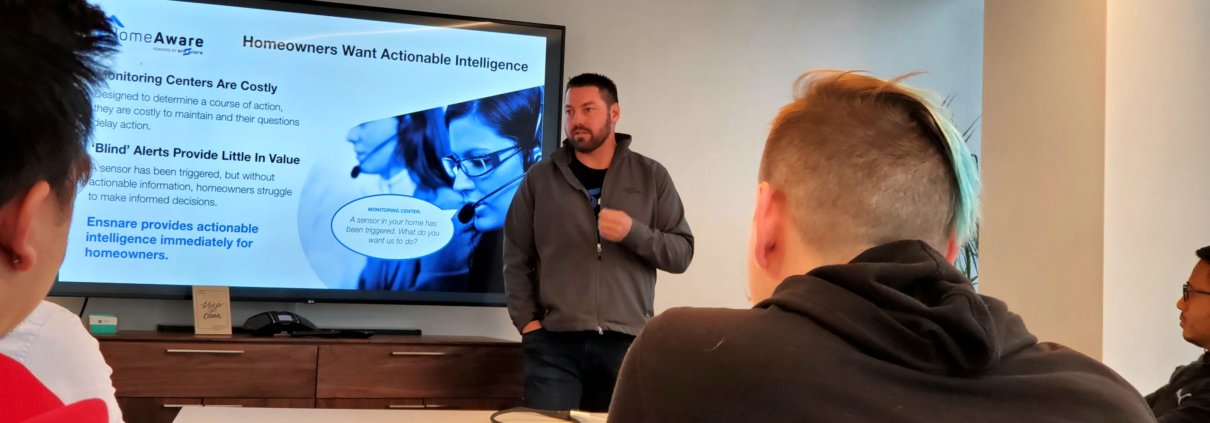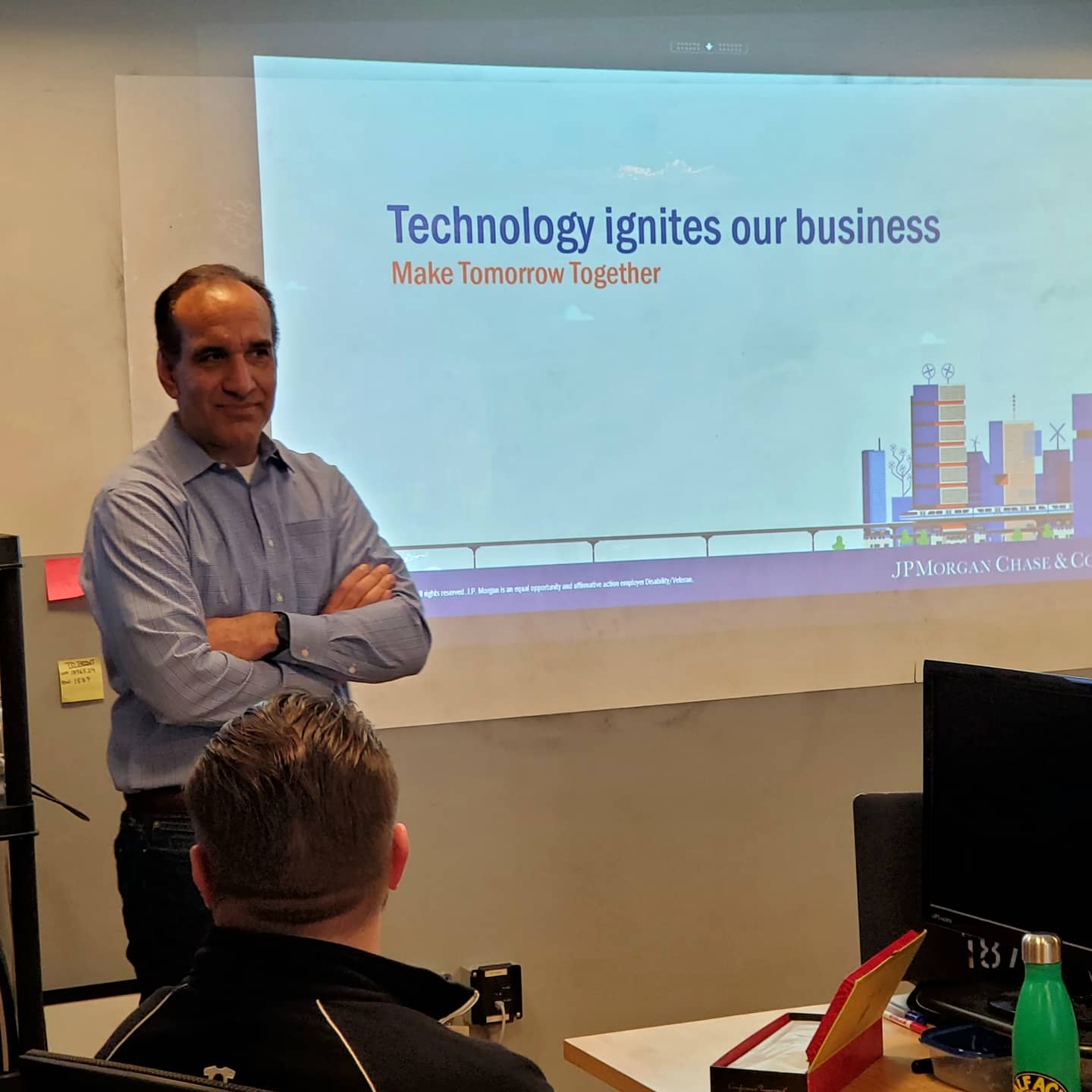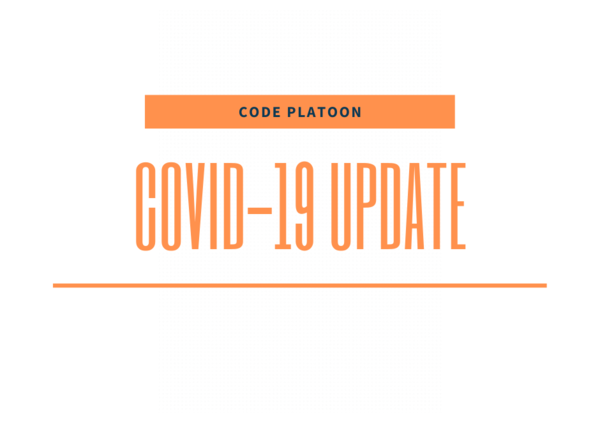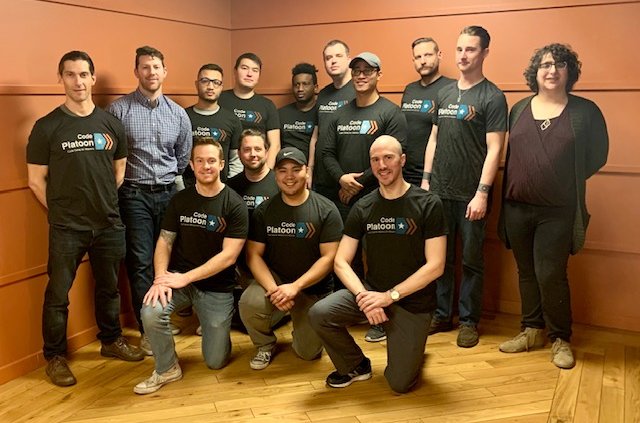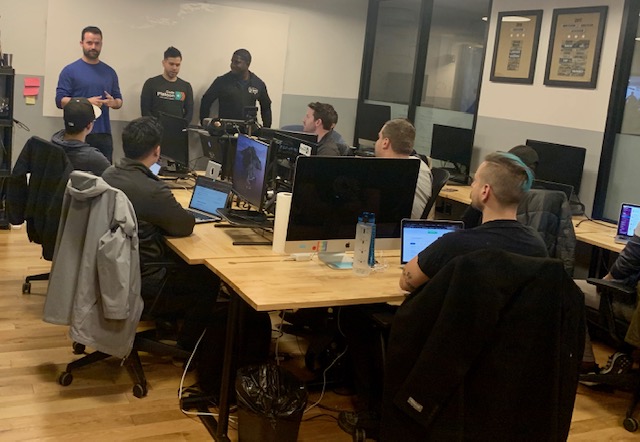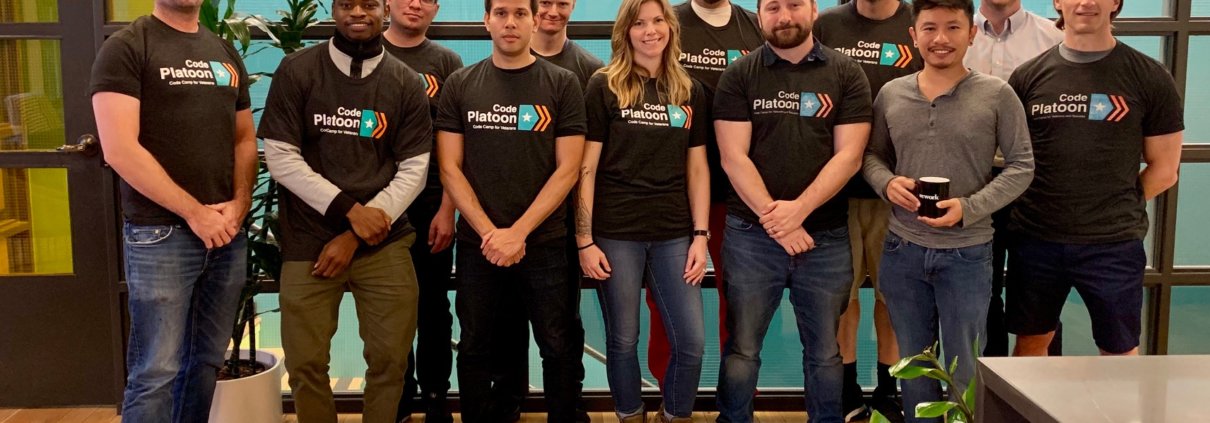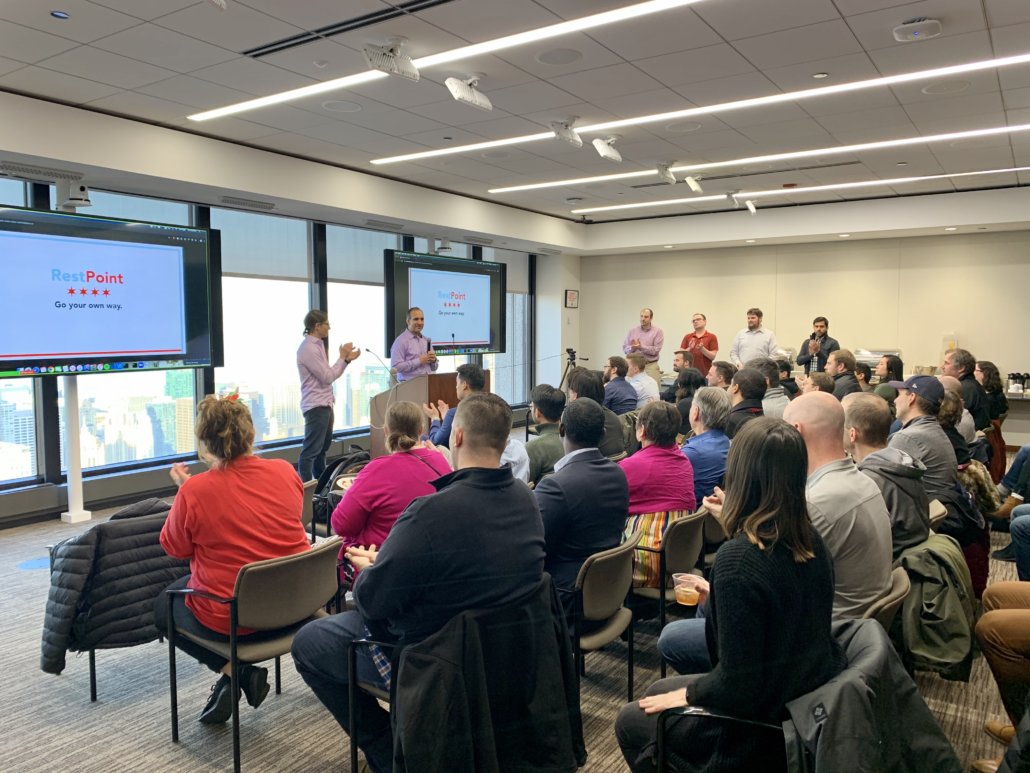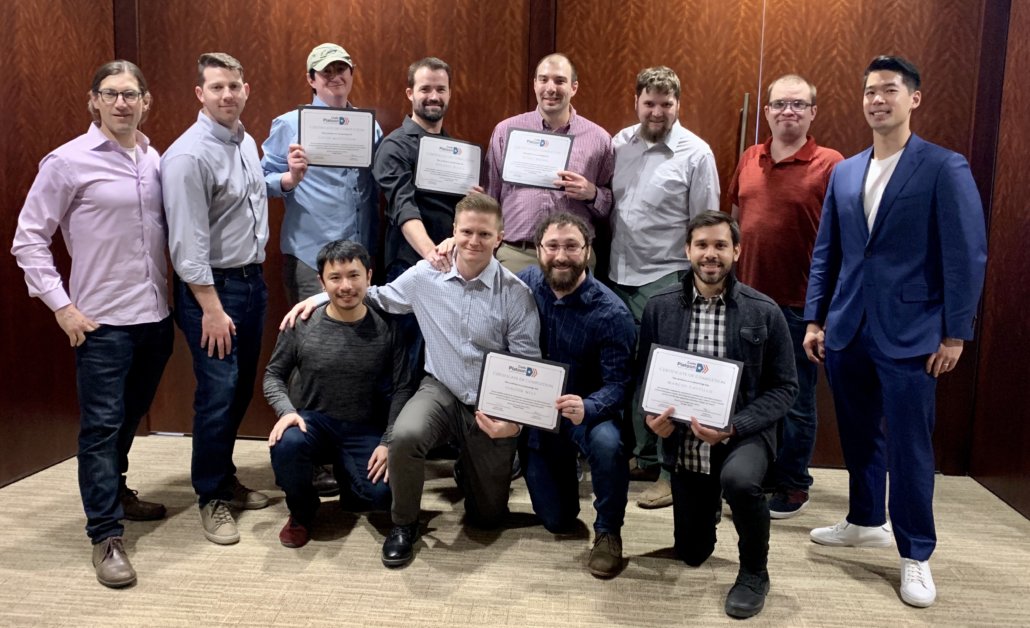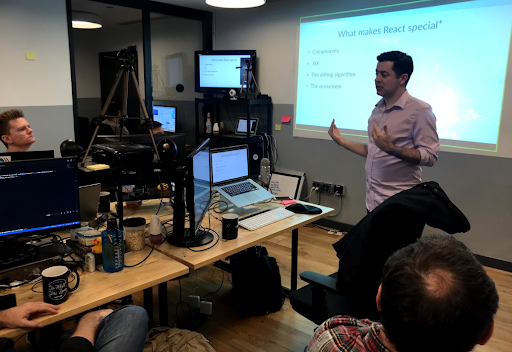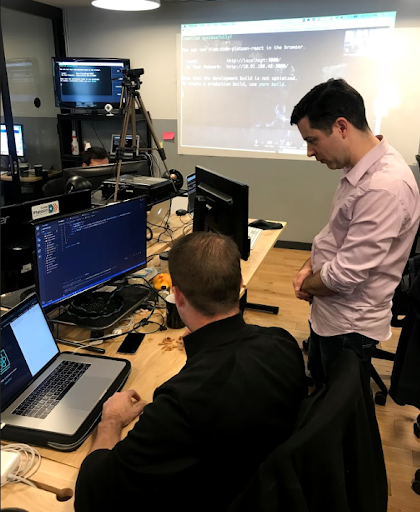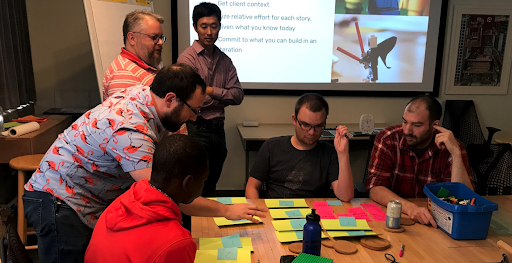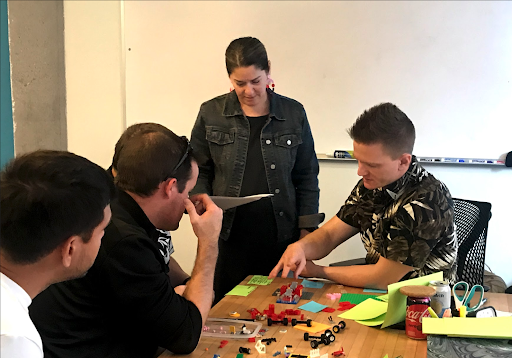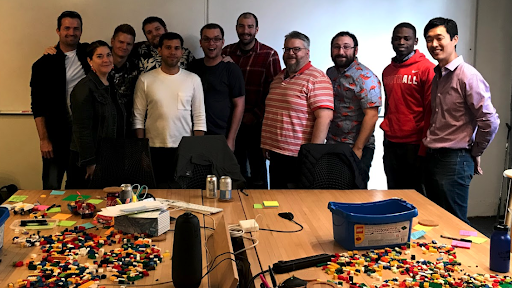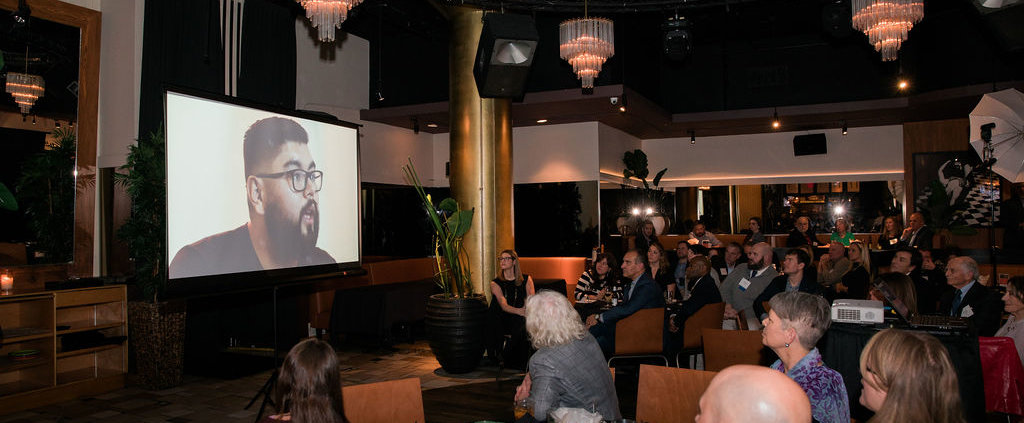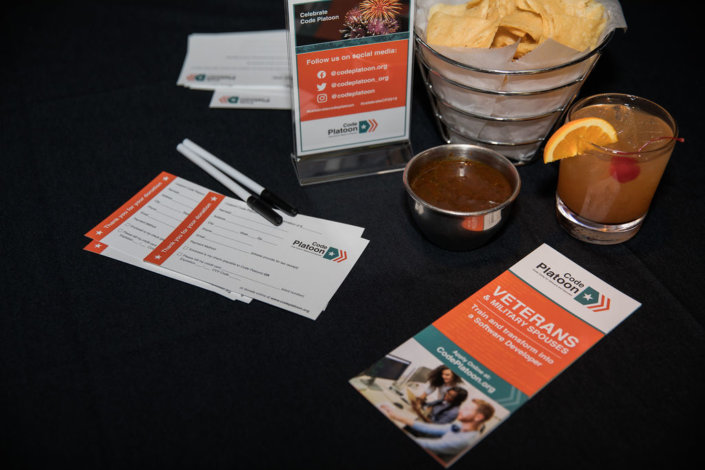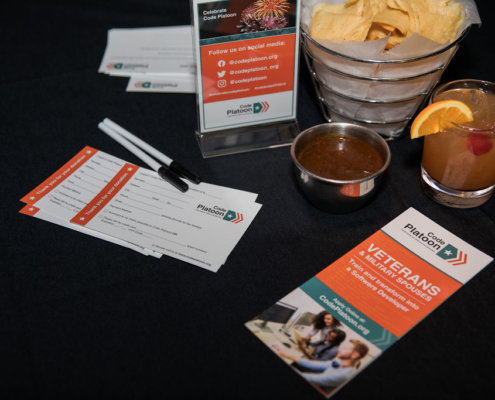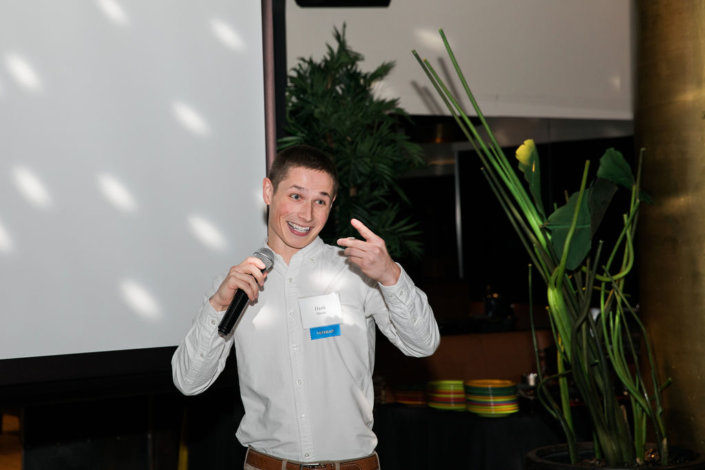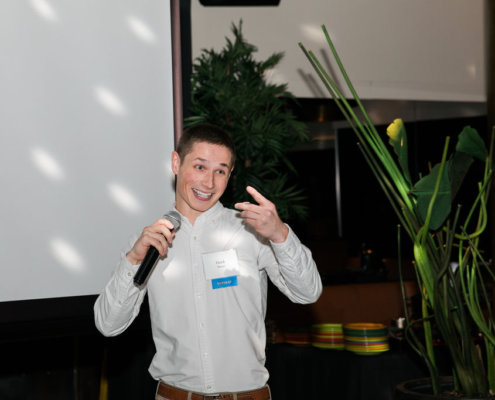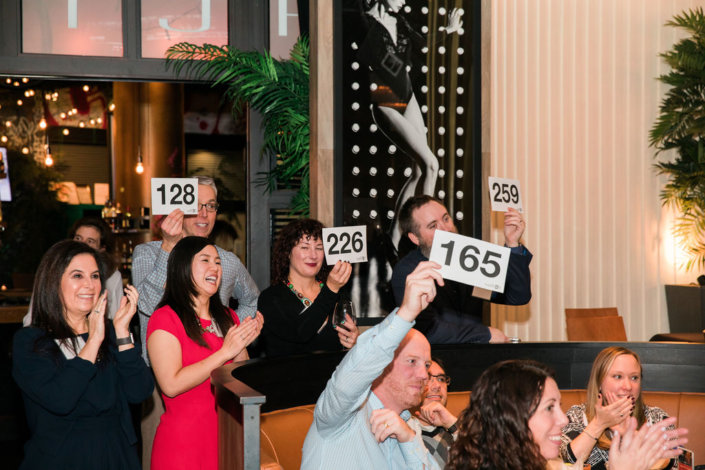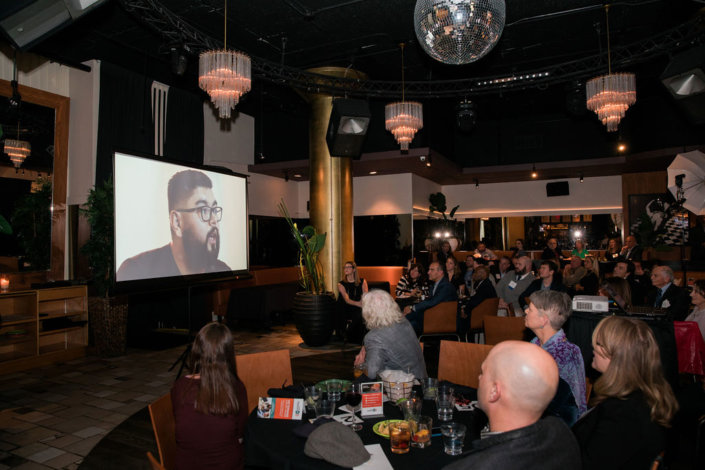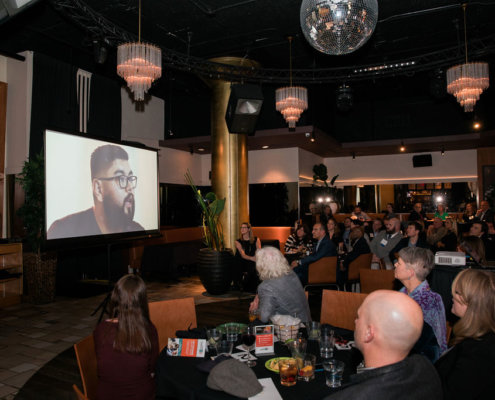Are you a good fit for Coding Bootcamp?
Many people are considering jobs in the high tech industry. And to get there, rather than pursuing traditional computer science degrees, more and more people are enrolling in Coding Bootcamps – intensive courses in programming, design, and data science.
Immersive Coding Bootcamps give students the opportunity to learn by doing in a collaborative environment. Many hours are spent coding and applying the principles taught in the lectures; working on teams to solve complex code challenges that simulate real-world work experience. This type of environment has resulted in some coding bootcamps having demonstrated placement rates comparable to top four-year colleges.
But are these programs right for you? We’ve come up with three “Are you ready..” questions for you to ask yourself and three “Right fit” questions to ask about a Bootcamp to determine if a program works for you.
Three “Are you ready…” Questions to ask yourself if a Bootcamp is a good fit for you.
- Are you ready for an accelerated, high-intensity learning experience? If the idea of learning the intricacies of Full-stack development for 10 to 12 hours a day for 15 weeks sounds a bit crazy, that’s because it is. You have to be mentally prepared to challenge yourself in a Full-time learning environment. (Sound a little intimidating? Consider Evening and Weekend options.)
- Are you ready to make a commitment to coding? There will be moments when it’s going to be much easier to give up than to continue. If in the back of your mind you’re thinking, “It is not that serious,” you may have already sabotaged yourself.
- Are you ready to learn with others? One of the best reasons to attend a Coding Bootcamp is that you get to learn and network with a bunch of committed people who are also smart, hard-working, and dedicated to becoming skilled software developers. A huge benefit to the Coding Bootcamp model is that many employers will require you to pair program, or at the very least collaborate with other team members to complete projects and resolve issues, so a collaborative education will prepare you well for the workplace.
Three “Right fit” questions to ask about a Bootcamp program.
- Do they provide internships and career placement assistance? Many Coding Bootcamps do not, or their placement assistance is weak and lacks connections with employers – most particularly connections within the IT department and HR/hiring managers of employers.
- Is the Course Curriculum the right fit for your career needs and what employers are looking for? You want to ensure that when you are done you have the skills employers are seeking. Comprehensive Bootcamps focus on Full-stack development. Most sophisticated web applications can be thought of as being composed of two parts: the front-end, and the back-end. The front-end of the stack revolves around what the end-user sees, which is the web page. HTML, CSS, and Javascript are some of the important technologies which are used to build and manipulate web pages. React.js is a very powerful library for working on the front-end. The back-end of the stack is where data gets stored, manipulated, and analyzed. Our tools-of-the-trade for backend development is Python and SQL.
- Is the Bootcamp the right fit for you? A good Bootcamp will pre-screen you and require you to pass an assessment to determine your readiness level for success in their program. Otherwise, you could end up in a program that is far too intense and “above your head”; a terrible situation to find yourself in given the cost in both time and money.
Being able to answer these questions is a great start to deciding if a Coding Bootcamp is a good fit for you.
Code Platoon was created to connect members of the Veteran community with career opportunities in the technology field while helping to facilitate the transition into civilian life. Code Platoon teaches Veterans and military spouses marketable skills that leverage core competencies, transforming them into software developers through an immersive, hands-on, educational process and paid internship program. Over 80% of people who attend a Code Platoon Bootcamp find a job within six months with an average salary increase of $25k.
Traditional boot camps cost $10,000 or more. Code Platoon’s sponsors and corporate partners help to make this an affordable option for veterans and military spouses through scholarships. Code Platoon also is also GI Bill and VET TEC approved for eligible applicants. Code Platoon is a Department of Defense approved Skillbridge program, in accordance with DODI 1322.29 and NAVADMIN 222/15.
Jim Hennessey is Code Platoon’s Director of Marketing. Jim brings a strong background in no-profit marketing and start-up enterprises to the mission of Code Platoon. Jim is a graduate of Clemson University and currently lives in Chicago. Follow Jim on LinkedIn.
